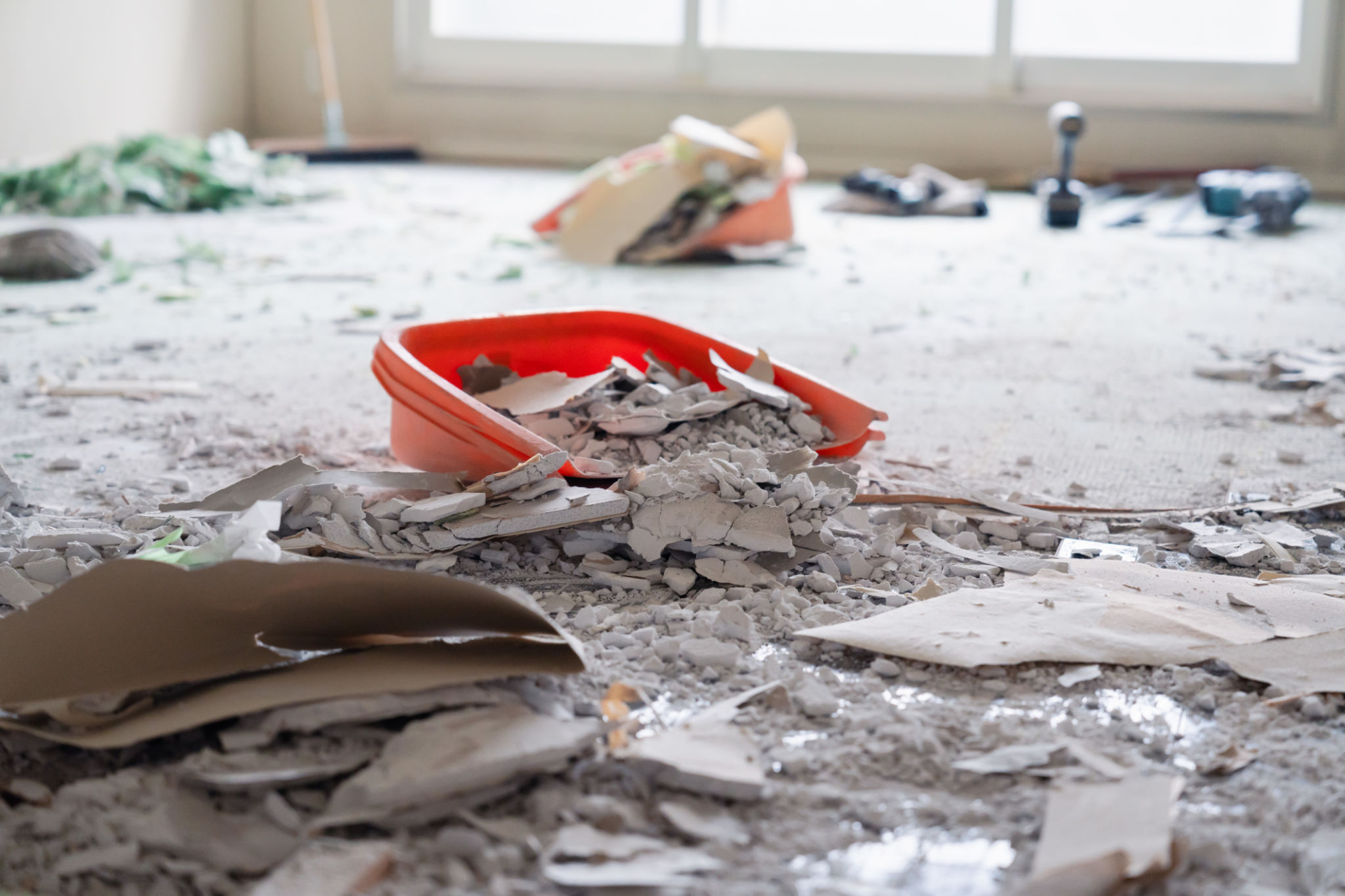Understanding Asbestos Abatement: What Homeowners Need to Know
What is Asbestos?
Asbestos is a naturally occurring mineral that was widely used in building materials due to its strength and heat resistance. However, it has been found to be hazardous to human health, particularly when its fibers become airborne and are inhaled. Understanding what asbestos is and where it might be found in your home is crucial for ensuring a safe living environment.
Common places where asbestos might be found include insulation, floor tiles, roofing materials, and some textured paints. If your home was built before the 1980s, there is a higher likelihood that asbestos-containing materials (ACMs) might be present.

Why is Asbestos Dangerous?
The danger of asbestos comes from its microscopic fibers, which can become airborne when disturbed. Once inhaled, these fibers can lodge in the lungs and lead to serious health issues over time, including lung cancer, asbestosis, and mesothelioma. Because of these risks, handling asbestos requires special precautions and expertise.
As a homeowner, it's important to recognize the potential risks and understand the necessary steps to mitigate them. If you suspect that asbestos is present in your home, it is crucial not to disturb it and to seek professional advice immediately.
The Asbestos Abatement Process
Asbestos abatement refers to the procedures used to control fiber release from ACMs. This process can involve removal, encapsulation, or enclosure of the material. Here’s a brief overview of what each method entails:
- Removal: This involves completely removing the asbestos-containing materials from your home. It is often the most thorough method but also the most complex and costly.
- Encapsulation: This method uses a sealant to cover the ACMs, preventing fibers from becoming airborne.
- Enclosure: This involves constructing an airtight barrier around the ACMs to contain any fibers.

Choosing a Professional Asbestos Abatement Service
Due to the risks associated with asbestos exposure, it is essential to hire a certified professional for any abatement project. These experts have the training and equipment needed to handle asbestos safely and comply with legal regulations.
When selecting an asbestos abatement contractor, consider the following:
- Certification and Licensing: Ensure that the contractor is certified and licensed to perform asbestos abatement in your area.
- Experience: Look for contractors with extensive experience and positive reviews from previous clients.
- Detailed Proposal: A reputable contractor should provide a clear proposal outlining the scope of work, timeline, and costs involved.

Post-Abatement: Ensuring a Safe Home
After abatement work is completed, it's important to verify that your home is free from asbestos hazards. This typically involves a final inspection and air quality testing conducted by an independent third party. The results should confirm that your home meets safety standards before reoccupation.
Maintaining your home’s safety post-abatement involves regular inspections and following recommended guidelines for maintenance or renovations. This helps prevent accidental disturbances of any remaining ACMs.
Conclusion
Understanding asbestos abatement is essential for homeowners living in older homes. Being informed about the potential risks and necessary precautions can help protect your family’s health. Always consult with professionals when dealing with suspected asbestos materials to ensure compliance with safety standards and regulations.
By taking these steps, you can ensure that your home remains a safe and healthy place for you and your family.
